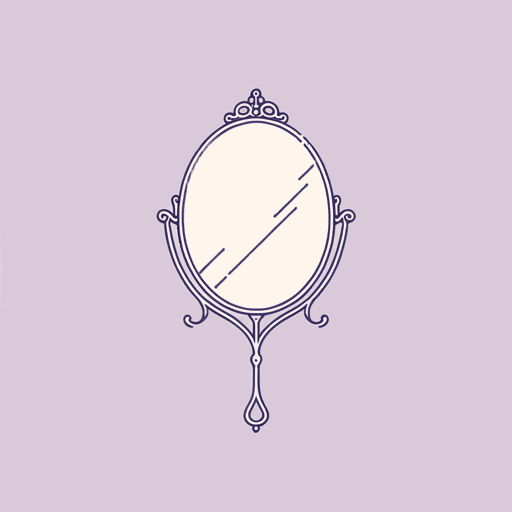58 pages • 1 hour read
Tahar Ben JellounThe Sand Child
Fiction | Novel | Adult | Published in 1985A modern alternative to SparkNotes and CliffsNotes, SuperSummary offers high-quality Study Guides with detailed chapter summaries and analysis of major themes, characters, and more.
Symbols & Motifs
Mirrors
A fixture of Borgesian fiction, mirrors in The Sand Child symbolize the protagonist’s conflicted gender identity. With recurrent references to gazing at his mirror image throughout his first-person narrative, Ahmed confronts his outward appearance as male, knowing all the while that he was born female, a fact that has been dissimulated on every level within his household. Often avoiding mirrors as a means of dulling his immense anger and sadness, Ahmed eventually gains acknowledgement of his female body and sexuality by standing naked before the mirror and engaging in acts of autoeroticism. The mirror that once projected the source of Ahmed’s turmoil metamorphoses into the instrument that delivers him to self-awareness and freedom of expression.
The Old House
Repeatedly likening a story to an old house, The Sand Child ’s various narrators—and notably its initial storyteller—refer to a house’s construction, its nooks and crannies, its doors and tunnels. While some of these elements are vital to a house’s continued existence—its stone foundation, for example—others may arise as useless flourishes added throughout the years. Certain hallways in a house may lead directly to a desired destination whereas some of its passageways may be labyrinthine; on a textual level, some elements of a plot prove essential to a story’s unfolding, while others constitute red herrings inserted to confuse readers.

